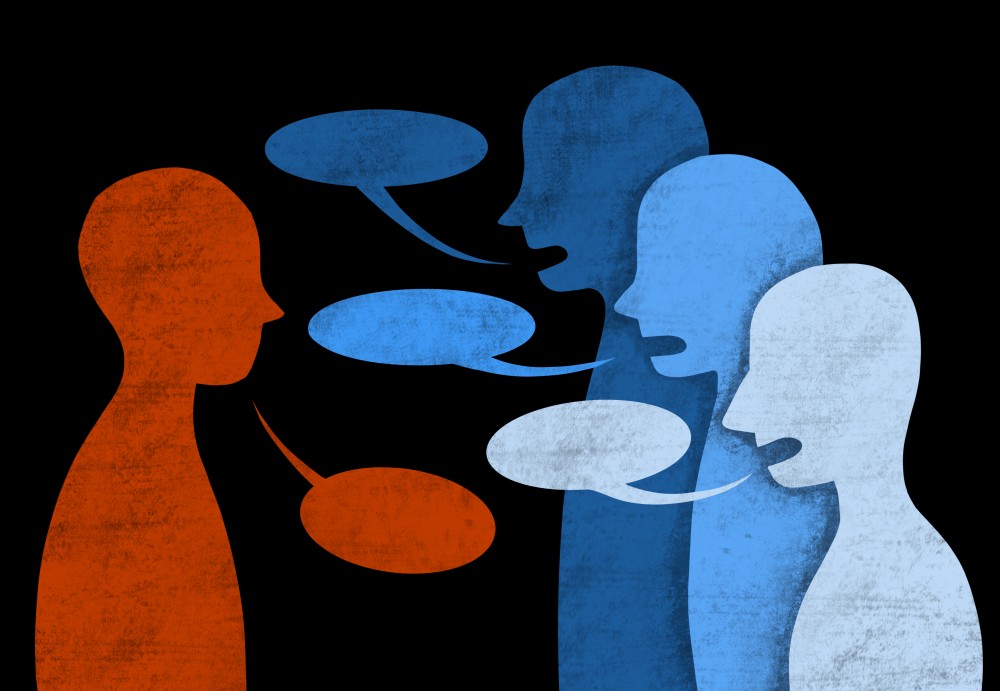Shifting the focus away from fossil fuels, University of Minnesota researchers found that nearly half of the air pollution in the United States comes from sources like personal care products, road dust and agricultural farming.
A study published July 15 found that nationally, around 100,000 people die from air pollution each year. Half of these pollution sources are fossil fuel emissions, but the other half is made up of lesser-known sources including livestock rearing and residential cooking.
Air quality is the largest environmental risk factor for disease worldwide, and air pollution can increase the likelihood of cardiorespiratory diseases, cancers or strokes.
In a collaborative study, researchers used emissions data from the United States Environmental Protection Agency and modeled how pollution moves through the atmosphere. By studying emission sources, they then predicted how air pollution would directly impact human health.
What they found was surprising.
Although deaths attributed to traditional sources of air pollution like coal-powered electricity generation and car emissions have gone down due to more regulation in recent years, there are many other sources of pollution that have traditionally gotten less attention.
“When people think of air quality, they think of fossil fuel combustion,” said Sumil Thakrar, one of the lead researchers on the project. “We find that only half the deaths are attributed to that, which is a lot but it’s not everything. We have to think about how complex and multifarious this problem is.”
Chemicals in paints, printer inks or personal care products evaporate into the atmosphere, and restaurants release organic compounds when cooking. Dust kicked up by cars also disperses into the atmosphere, as does wood combustion from fireplaces and stoves.
“As the bigger sources have gotten less impactful, the smaller ones are more important for regulation,” he said. “We hope that this kind of study will be a kind of fingerprint for where the U.S. is right now.”
Noelle Eckley Selin, an associate professor at the Massachusetts Institute of Technology who studies air pollution and sustainability, said the University study puts air pollution into the broader perspective. In linking economic viability to air pollution and identifying what sources are producing the pollution, Selin said it can help policy makers understand the scope of the issue at hand.
“There’s not one answer — all of the sectors of the U.S. economy are contributing in some way,” she said. “It makes the problem more complicated in a way because it means that any one particular action can have a small impact on the problem. You need to really need a coordinated strategy because you’re not going to just take a big chunk off with one particular source.”
Although air quality in Minnesota is generally good and improving, David Bael attributes 1,000–2,000 deaths a year to air pollution in the Twin Cities metro. An environmental economist for the Minnesota Pollution Control Agency, Bael said the paper’s findings are consistent with his research on air pollution in the state.
Bael said areas with more people of color or people who are low income are more impacted by air pollution, not only because of greater proximity to pollution but also because of other structural inequities in the state.
People of color and low-income people are less likely to have access to quality health care and health insurance, he said. Those who are older are also more vulnerable to the negative impacts of air pollution.
“What you really want to do is improve air quality for as many people as possible,” he said. “And to do it in the most equitable way is to look at all the different sources of pollution and tackle those that are the most damaging.”
Bael also said air pollution is not just an “urban problem.”
Road dust and gasses emitted by fertilizer and farm animals, although less regulated, are key sources of pollution and impact rural communities as well. Rural communities also tend to be older and poorer and have less direct access to health care and insurance.
“If we want to make further gains, we need to not only think about those things that we often think about like power plants or tailpipes, but also think about farm fields and chimneys on houses and those sorts of things,” he said. “To realize that this is a problem that is caused by all these different sources.”























